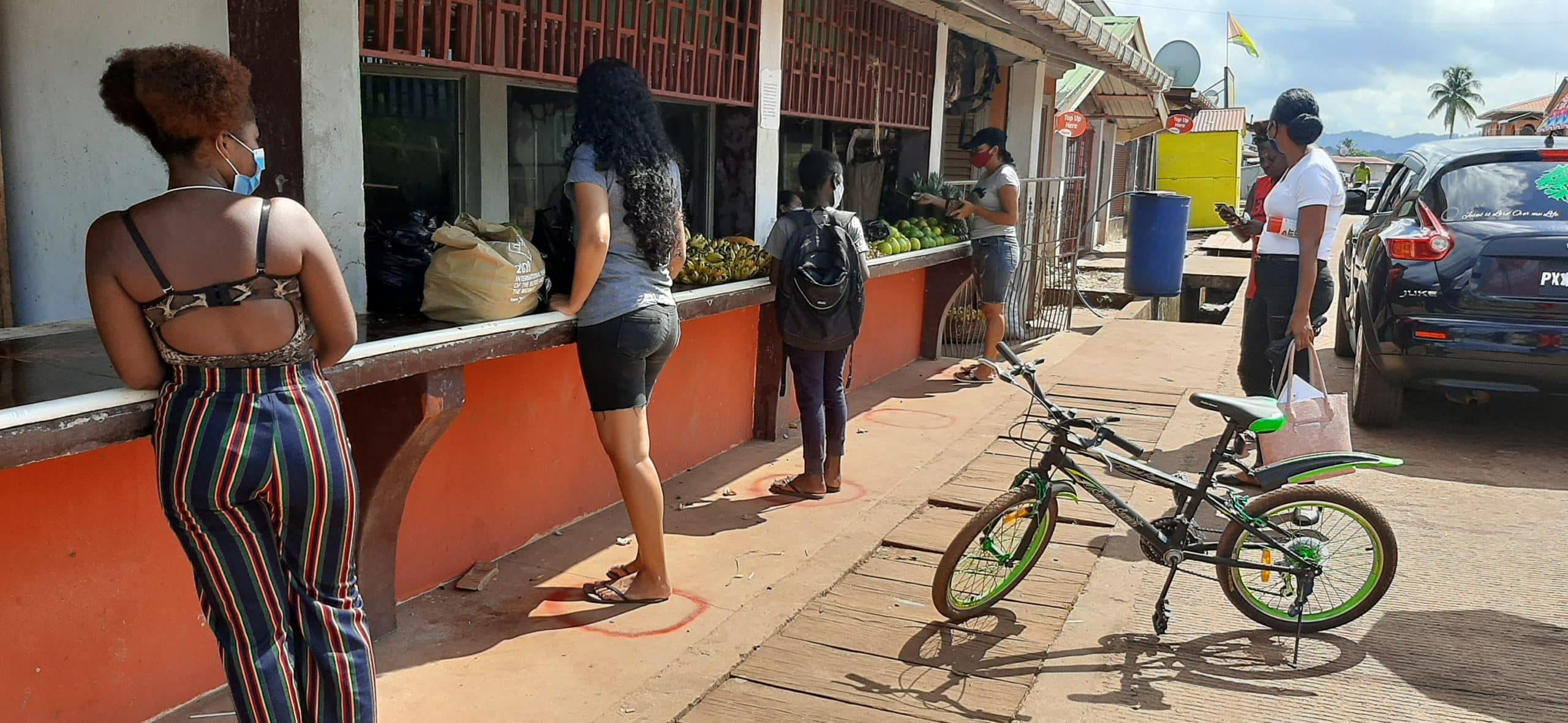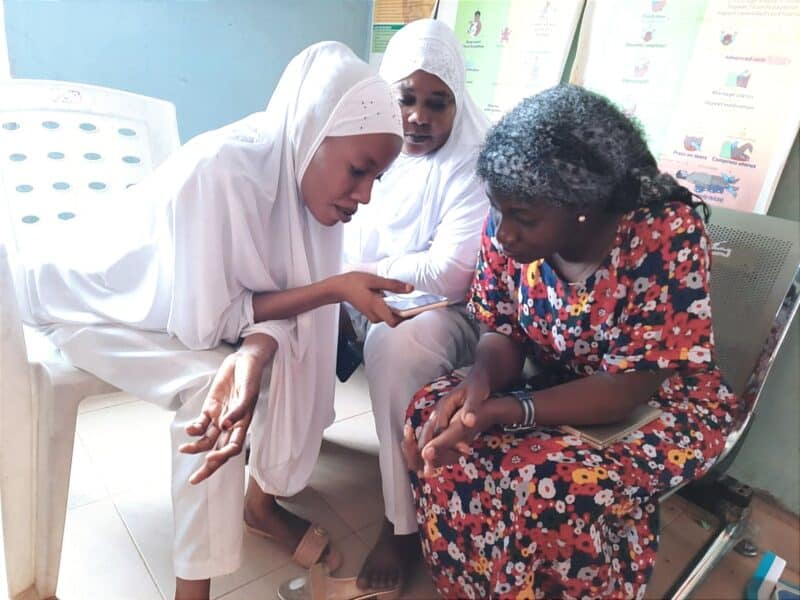A theory-based rumor tracking system in Guyana created COVID-19 MythBusters – radio and video spots, newspaper ads – that provided the public with valid and verifiable information and promoted preventive and protective behaviors, Johns Hopkins Center for Communication Programs’ researchers say.
Published in Global Health: Science and Practice, a journal led by CCP’s Knowledge SUCCESS project, the paper outlines how to build a successful rumor tracking system that gives direction to countering myths with appropriate messaging to affect relevant behaviors.
“We could gather rumors coming in and we could just say, ‘No. That is not true,’” says CCP’s Camille Adams, an author of the study who works on the Breakthrough ACTION project in Guyana. “But with this construct, we could bust those myths using education and discussions of risk. And then we would disseminate these truths on everything from radio in the capital to town criers in the hinterlands.”
The framework used by Breakthrough ACTION is called the extended parallel processing model (EPPM) and it has been widely validated as a useful analytical tool in global health communication, Adams says. Implementers typically use it to characterize a person’s beliefs about a health threat, what can be done about it, and the behaviors that result from those beliefs. Some beliefs can be dysfunctional or even dangerous if they lead to a person misunderstanding the true nature of a disease and making the wrong decisions—or not—about prevention and treatment.
The rumor tracking began in the early days of the COVID-19 pandemic when Adams and her colleagues encountered a lot of misinformation. So, they set about systematically gathering them, working with local partners throughout Guyana. They used social media and gathered information from Georgetown Public Hospital, but they also sent regional coordinators who reside in the hinterlands to talk to people in their communities at a time when travel was shut down due to COVID.
In marketplaces and thatched roof, open-air pavilions – keeping people six feet apart using chalk circles drawn on the ground – these regional coordinators not only shared how to prevent the new coronavirus (masks, handwashing and distancing) but they listened to questions and rumors that were sometimes dangerously false. Rumors were gathered from the regions in real time and analyzed by a centrally located team on a weekly basis. They were often dispelled by using information from the websites of the World Health Organization and Johns Hopkins University
Most of the rumors that a rumor classification tool identified related to false, ineffective or harmful COVID-19 prevention and treatment measures, inaccurate explanations of transmission and doubts about COVID-19’s existence. Indigenous groups would often say that indigenous people were immune; many in the capital would say they were immune. (Neither are true).
More than two-thirds of the rumors (71 percent) recurred, the researchers say. Rumors were typically related to COVID-19 treatment or prevention (40 percent) and transmission (35 percent).
The rumors were analyzed on a scale of perceived vulnerability and perceived efficacy (whether people had power to protect themselves). The same system has been used with rumors about vaccines and treatments as they have been introduced.
Since the beginning of COVID, 71,361 cases have been reported in Guyana and at least 1,281 people have died there.
At the regional gatherings, Adams says, the coordinator would advise community members on how to protect themselves and families from COVID. Then someone in the audience might say, drink boiled papaya leaves or a cocktail of ginger and lemongrass or even some wine. (These are not cures.)
There was a lot of concern about stigma, Adams says. For example, during the early days of the pandemic, nurses and doctors – whether they treated COVID-19 patients are not – were discriminated against. Minibus drivers would refuse to transport them to clinics. Later, when the myth busting was in full force, Breakthrough ACTION recorded one dramatization on a minibus, where one character tells the driver to wear a mask and he counters that papaya leaves and a shot of wine are better prevention measures.
Where radio and television are scarce, in the hinterlands, town criers accompanied by dance music made their way through communities dispelling these same myths, saying the only alcohol people should be using against COVID should be in the hand sanitizer.
“Implementing programs can use a theoretical framework such as the extended parallel processing model during health emergencies to identify specific information content (specific inaccurate beliefs) that can be corrected if done in a timely and focused way,” the authors write. “Policy makers should institutionalize social and behavior change into emergency planning to ensure proactive public health responses and resilient health systems and communities.”
“Addressing COVID-19 Rumors and Behaviors Using Theory in Guyana: A Program Case Study” was written by Bolanle Olapeju, Camille Adams, Joann Simpson, Lyndsey Mitchum, Sean Wilson, Mona Jarrah, Gabrielle Hunter, TrishAnn Davis, Alicia Martin, Shabana Shaw, Natalie Tibbels, Jennifer Orkis and J. Douglas Storey.
This work is made possible by the support of the American people through the U.S. Agency for International Development (USAID) under the Breakthrough ACTION Cooperative Agreement #AID-OAA-A-17-00017.





